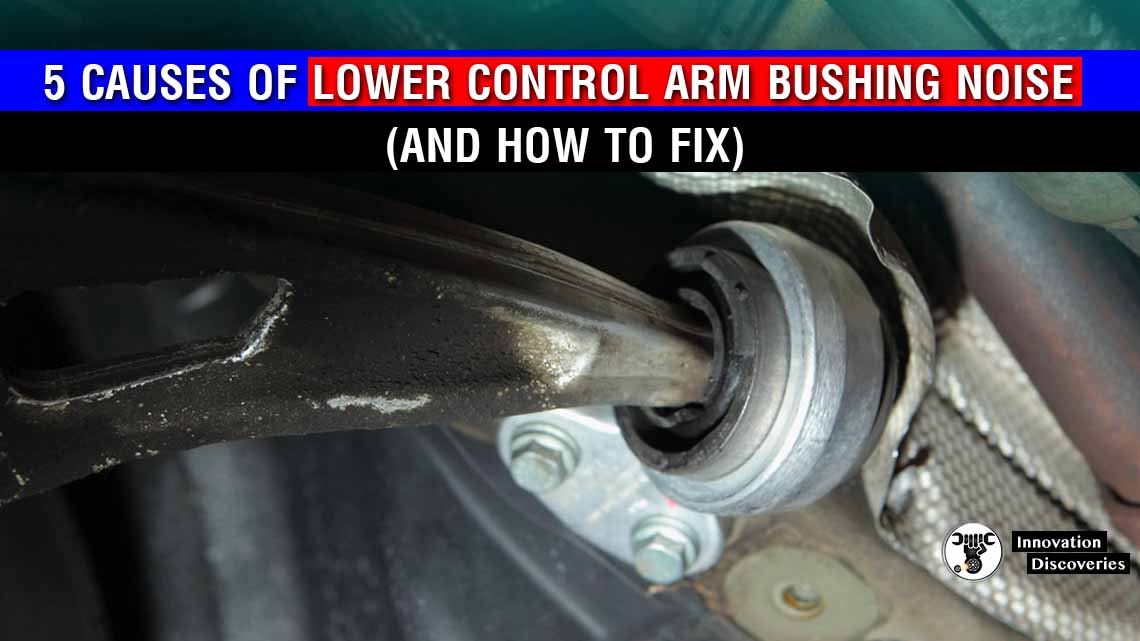
Introduction:
Lower control arm bushing noise can be an irritating problem for any vehicle owner. Not only does it affect the comfort of your ride, but it can also indicate underlying issues that need to be addressed to maintain the safety and performance of your car.
In this article, we’ll explore five common causes of lower control arm bushing noise, discuss effective solutions to resolve them, and provide guidance on how to fix a noisy control arm bushing.
Read more:
- Bad Habits That Affect The Transmission Life Expectancy
- 3 Symptoms of a Faulty Speed Sensor in Your Vehicle
Top 5 Reasons for a Noisy Lower Control Arm Bushing
1. Worn Bushings:
One of the primary reasons for lower control arm bushing noise is worn-out bushings. Over time, the rubber bushings in the lower control arms can deteriorate due to constant movement and exposure to the elements.
When these bushings wear out, they lose their ability to dampen vibrations and can allow metal-to-metal contact, resulting in noise.
The solution is to replace the worn bushings with new ones. This relatively straightforward repair can significantly improve the comfort and handling of your vehicle.
2. Lack of Lubrication:
Proper lubrication is essential for maintaining the smooth operation of lower control arm bushings. Without adequate lubrication, the bushings can generate noise as they rub against metal components.
Applying silicone grease or a similar lubricant to the bushings can help reduce friction and eliminate the noise.
However, it’s essential to ensure that the lubricant used is compatible with the bushing material to prevent damage.
3. Damaged Bushings:
Bushings can become damaged due to impacts, accidents, or exposure to harsh road conditions. Cracks, tears, or deformities in the bushings can compromise their effectiveness and lead to noise.
In such cases, replacing the damaged bushings is necessary to resolve the issue.
It’s essential to inspect the bushings regularly for signs of damage and address any issues promptly to prevent further damage to the suspension system.
4. Misaligned Control Arms:
Improper alignment or installation of the lower control arms can also contribute to bushing noise. When the control arms are not aligned correctly, it can cause uneven wear on the bushings and lead to noise during operation.
Realigning or reinstalling the control arms according to the manufacturer’s specifications can help eliminate the noise and ensure proper function.
It’s crucial to seek professional assistance for proper alignment procedures to avoid further complications.
5. Excessive Suspension Movement:
Excessive movement in the suspension system, such as bouncing or swaying, can put extra strain on the lower control arm bushings, resulting in noise. Addressing underlying issues with the suspension system, such as worn shocks or struts, is essential to reduce strain on the bushings.
Additionally, installing aftermarket performance bushings made of more durable materials can provide long-term noise reduction and improved suspension performance.
How to Fix a Noisy Control Arm Bushing
To fix a noisy control arm bushing, start by identifying the source of the noise through visual inspection and diagnostic tests.
Once you’ve determined that the control arm bushing is the culprit, follow these steps:
- Lift and support the vehicle securely using jack stands.
- Remove the wheel and tire assembly to access the lower control arm.
- Use a jack to support the lower control arm and relieve pressure on the bushing.
- Remove any bolts or fasteners securing the control arm to the vehicle’s frame or suspension components.
- Carefully remove the old bushing using appropriate tools, such as a bushing removal tool or a hydraulic press.
- Clean the mounting surface and inspect it for any damage or corrosion.
- Install the new bushing by pressing it into place using a hydraulic press or a suitable bushing installation tool.
- Reinstall the lower control arm, making sure to torque the bolts to the manufacturer’s specifications.
- Lower the vehicle and test drive it to ensure that the noise has been eliminated.
Conclusion:
Lower control arm bushing noise can be a frustrating problem, but it’s essential to address it promptly to maintain the safety and performance of your vehicle. By identifying the underlying causes of the noise and implementing appropriate solutions, you can enjoy a smoother and quieter ride.
If you’re unsure about diagnosing or repairing the issue yourself, don’t hesitate to seek professional assistance from a qualified mechanic or automotive technician.
Taking proactive steps to address lower control arm bushing noise will help ensure the longevity and reliability of your vehicle.
See More:
- Explain Traction Control System With Working
- How Variable Valve Timing Works, And How it Makes Your Engine Better
- VALVE TRAIN: COMPONENTS, TYPES AND THEIR FUNCTION
- Electronic Limited Slip Differential (eLSD)
What is Camber? (Positive vs Negative Camber Effects)
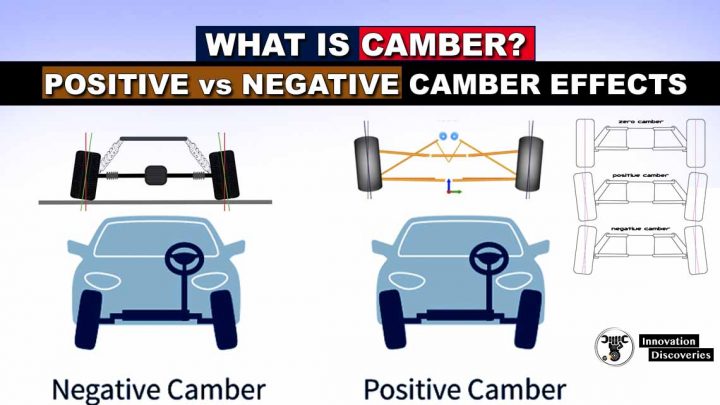
Discover More:
Visit Forum
Visit Our Friendly Website


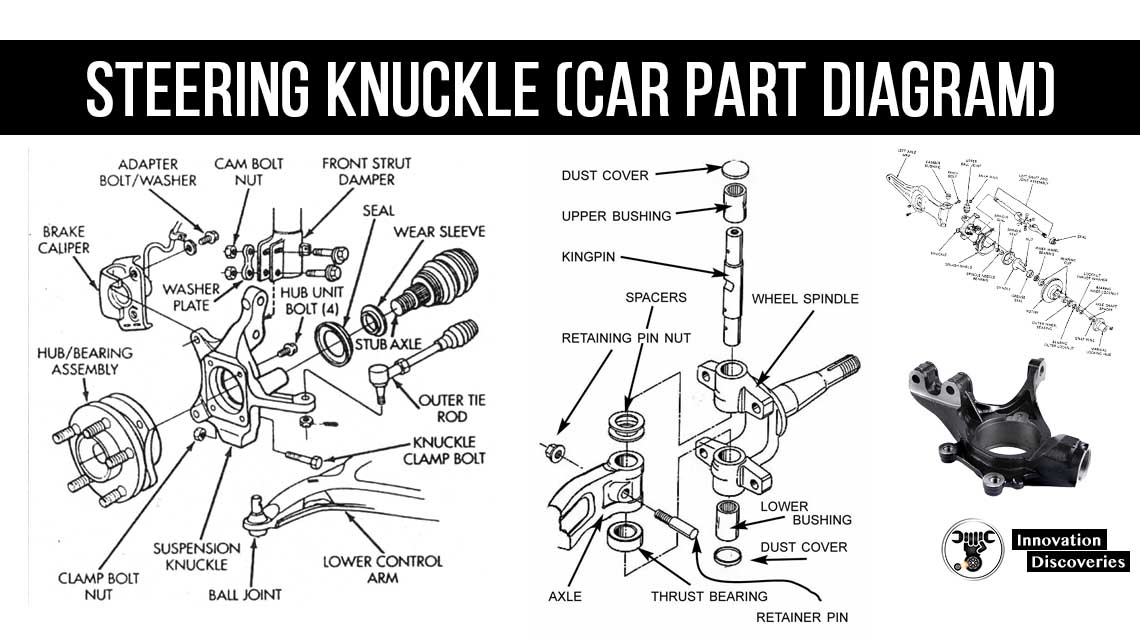
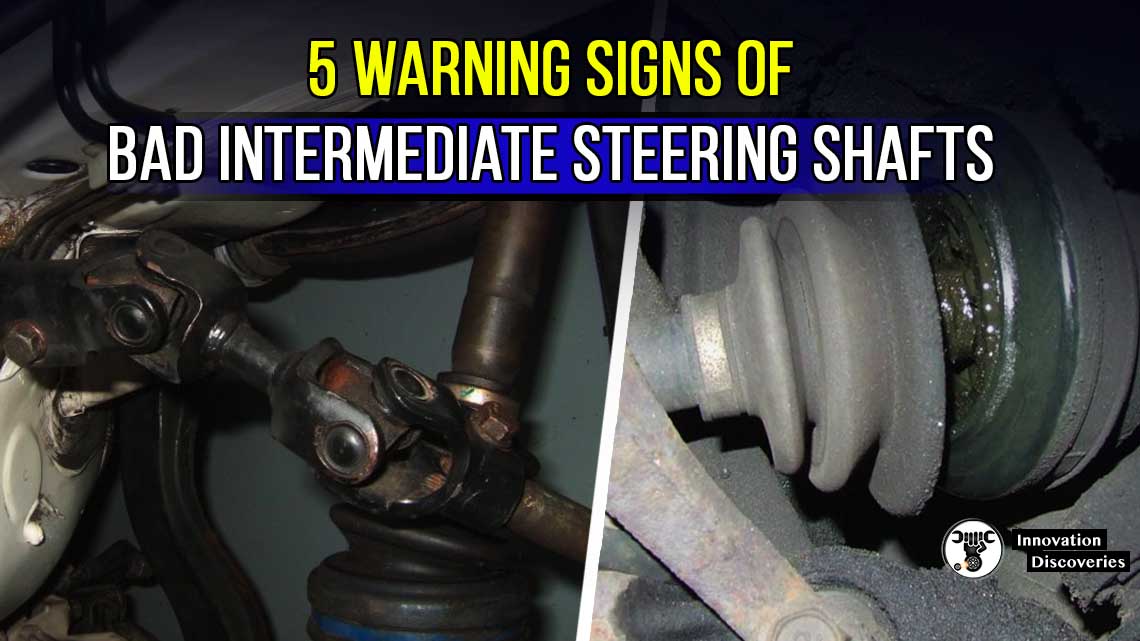
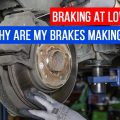
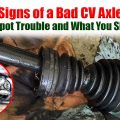
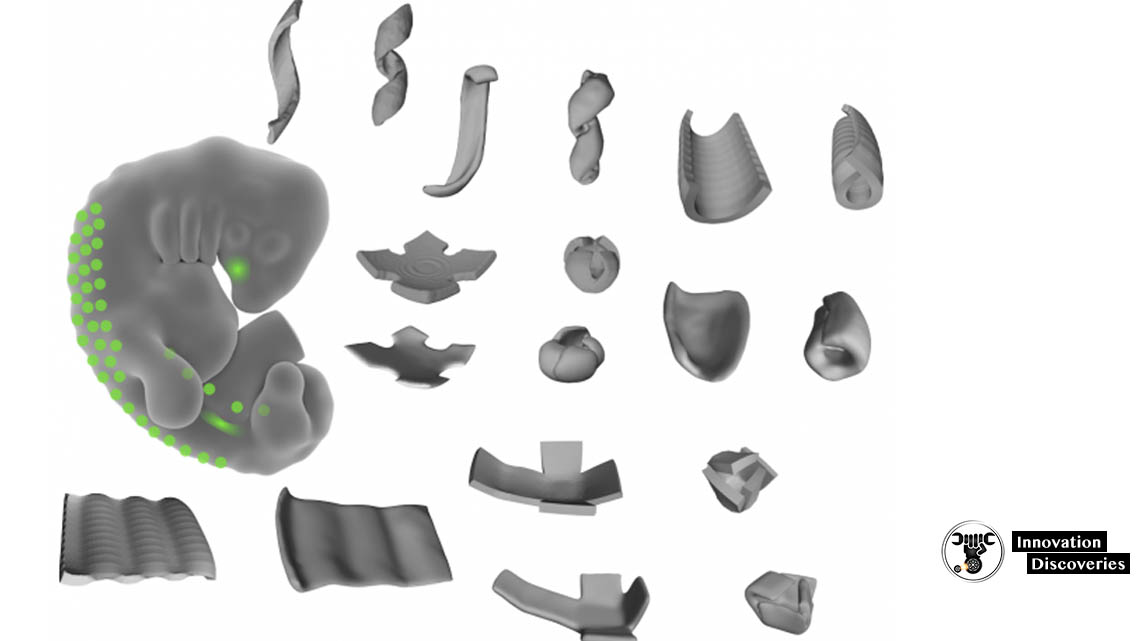
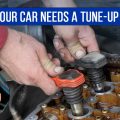
2 Comments